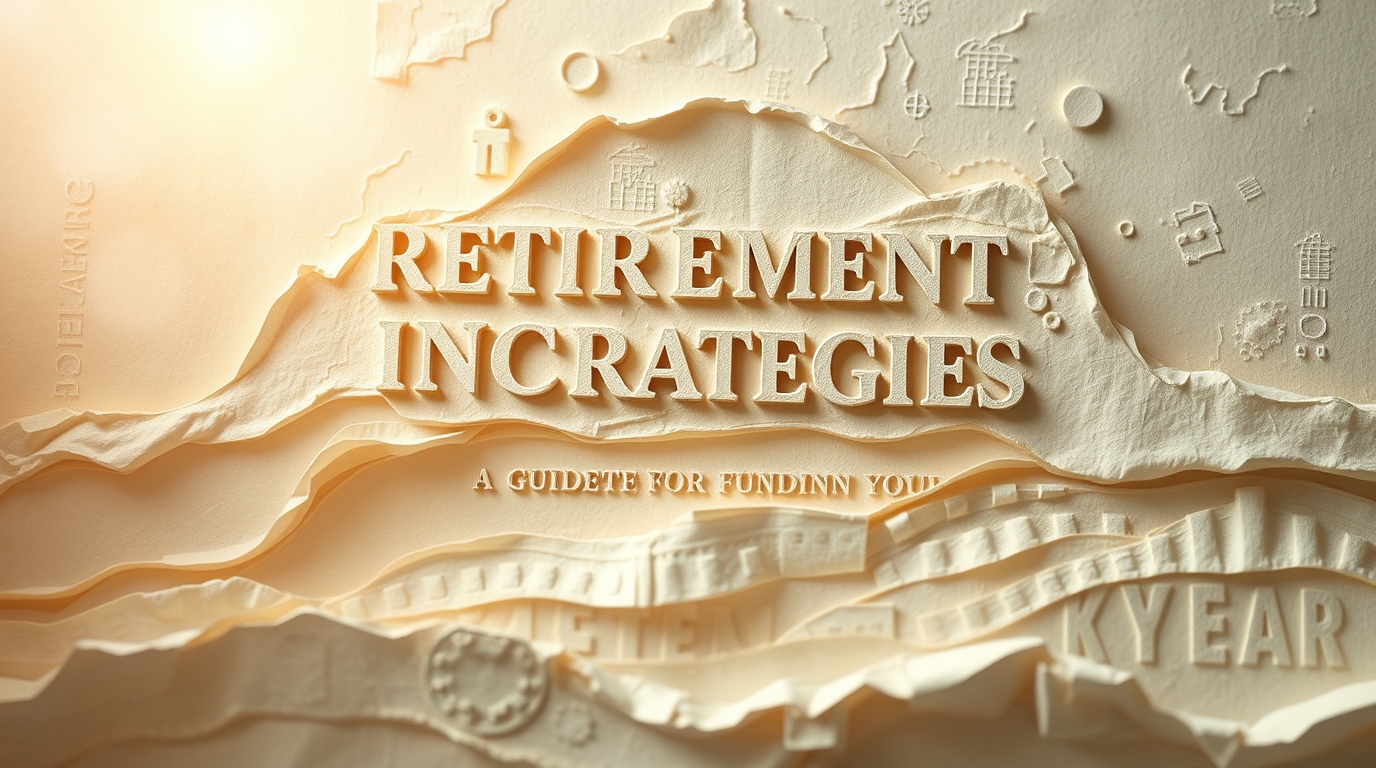Retirement marks the end of earning a paycheck and the beginning of living off your accumulated resources. Planning how to maintain financial stability in your golden years can feel overwhelming, but with a solid strategy, it’s entirely achievable. This guide explores various ways to ensure a steady retirement income, so you can enjoy your post-work life without financial stress.
Table of Contents
Building the Foundation for Retirement Income
Start with a Realistic Budget
A clear understanding of your expenses is essential for retirement planning. Begin by calculating your expected monthly and annual costs, including essentials like housing, utilities, food, and healthcare. Don’t forget to account for discretionary spending, such as travel and hobbies. A well-structured budget ensures you won’t outlive your funds and helps you spot gaps in your income strategy.
Emergency Fund
Even in retirement, unexpected expenses can arise. Keeping a separate emergency fund ensures you won’t have to dip into investments or other income sources when unplanned costs appear. Experts recommend having three to six months’ worth of living expenses saved in easily accessible accounts.
Maximizing Your Savings and Investments
Relying on Retirement Accounts
Retirement accounts, such as 401(k)s and IRAs, often serve as the primary income source for retirees. These funds grow tax-deferred, giving them the ability to compound over decades. It’s crucial to understand the rules for withdrawing income—they come with minimum distribution requirements starting at certain ages. Strategically managing withdrawals can minimize taxes.
Diversify Your Investment Portfolio
Investing doesn’t have to stop just because you’ve retired. Allocating a portion of your funds across stocks, bonds, and income-generating assets can help your savings last longer. Bonds provide steady income with lower risk, while dividend-paying stocks offer growth opportunities alongside periodic payouts. Striking the right balance is key—avoid overly risky investments while still keeping a portion of your assets growing.
Annuities for Guaranteed Income
Annuities are insurance products designed to provide a steady income stream throughout your retirement. While they can be a reliable supplement to other sources, they’re not for everyone. Carefully evaluate fees, surrender charges, and payout terms before committing to an annuity.
Taking Advantage of Government Benefits
Social Security
Most retirees rely on Social Security as one of their income sources. The longer you delay taking benefits (up to age 70), the larger your monthly payments will be. That said, it’s important to assess your overall health, life expectancy, and financial needs when deciding the right time to start collecting benefits.
Pensions
If you’re entitled to a pension, it can significantly bolster your retirement income. Some pensions allow lump-sum withdrawals, but carefully weigh this option against the stability of receiving monthly payouts. It’s essential to also account for any income taxes tied to pension distributions.
Alternative Income Strategies
Part-Time Work or Freelancing
For retirees looking to stay active or supplement their income, part-time work offers a dual benefit of financial security and mental engagement. From consulting to selling handmade goods, the options are limitless. The additional income also reduces the strain on your savings.
Renting or Downsizing
If you’re an empty nester, downsizing your home or renting out unused space can significantly lower housing costs while generating extra income. Property owners also might consider short-term rentals as an income stream.
Home Equity Conversion
Your home is one of your largest assets and can play a valuable role in your retirement income strategy. For instance, a home equity conversion mortgage in Salt Lake City allows you to access your home’s value as tax-free funds while remaining in your residence. This option provides flexibility but may not suit every financial situation, so consult a trusted advisor before proceeding.
Plan for Healthcare Costs
Long-Term Care Insurance
Healthcare is often one of the largest expenses in retirement. Purchasing long-term care insurance can protect your assets if you face medical needs involving extended care. Policies can cover expenses for in-home care, nursing facilities, or assisted living, sparing you from draining your retirement savings.
Health Savings Accounts (HSAs)
If you accrued funds in an HSA before retiring, it can serve as a tax-efficient way to pay for qualified medical expenses. Unlike other retirement accounts, HSA withdrawals for healthcare costs remain tax-free, which is an excellent benefit for retirees facing rising medical bills.
Conclusion
Your financial stability in retirement depends on how effectively you plan and implement these strategies. Layering multiple income sources—like savings, government benefits, and investments—ensures you’ll have a backup if one source falls short. Evaluate your goals regularly and adjust as needed. Staying proactive and informed is the best way to enjoy a secure and fulfilling retirement.
Taking the time today to analyze your options will give you peace of mind in the years to come. Whether you’re nearing retirement or decades away, there’s no better time to prepare than now. Consider consulting financial professionals to customize a strategy that fits your unique needs and prepares you for life’s uncertainties.






